Infant mortality is one of the most telling indicators of a nation’s overall health and well-being. It reflects the socio-economic conditions, health infrastructure, and access to essential services that pregnant women and infants have in their early, vulnerable days. Recent data from the CIA World Factbook highlights disturbing figures from 2023, indicating critical challenges in specific regions of the world. Let’s delve into the top 15 countries with the highest infant mortality rates to understand the broader implications.
1. Afghanistan: The Struggles of a Conflict-Ridden Nation
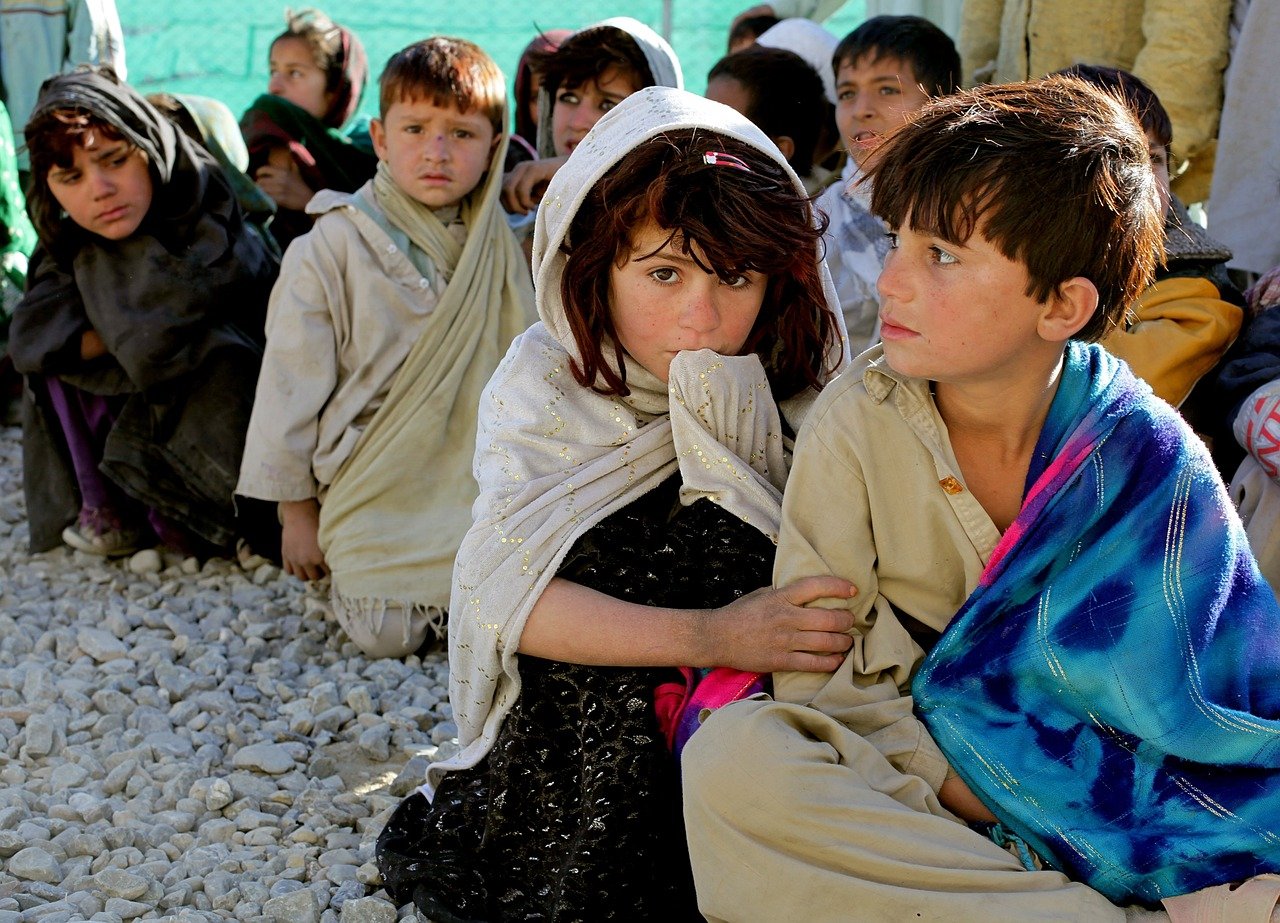
Afghanistan stands out with the highest infant mortality rate in the world, at a staggering 103.1 deaths per 1,000 births. Decades of conflict have severely impacted its healthcare infrastructure, making essential services, such as maternal and infant healthcare, scarce. Compounded by a prolonged drought since 2021, Afghanistan faces significant food shortages, further aggravating the situation. This tragic statistic is a clear call for international support and investment in the country’s health services to safeguard the lives of its most vulnerable citizens.
2. Somalia: Enduring the Harsh Realities of Civil Unrest
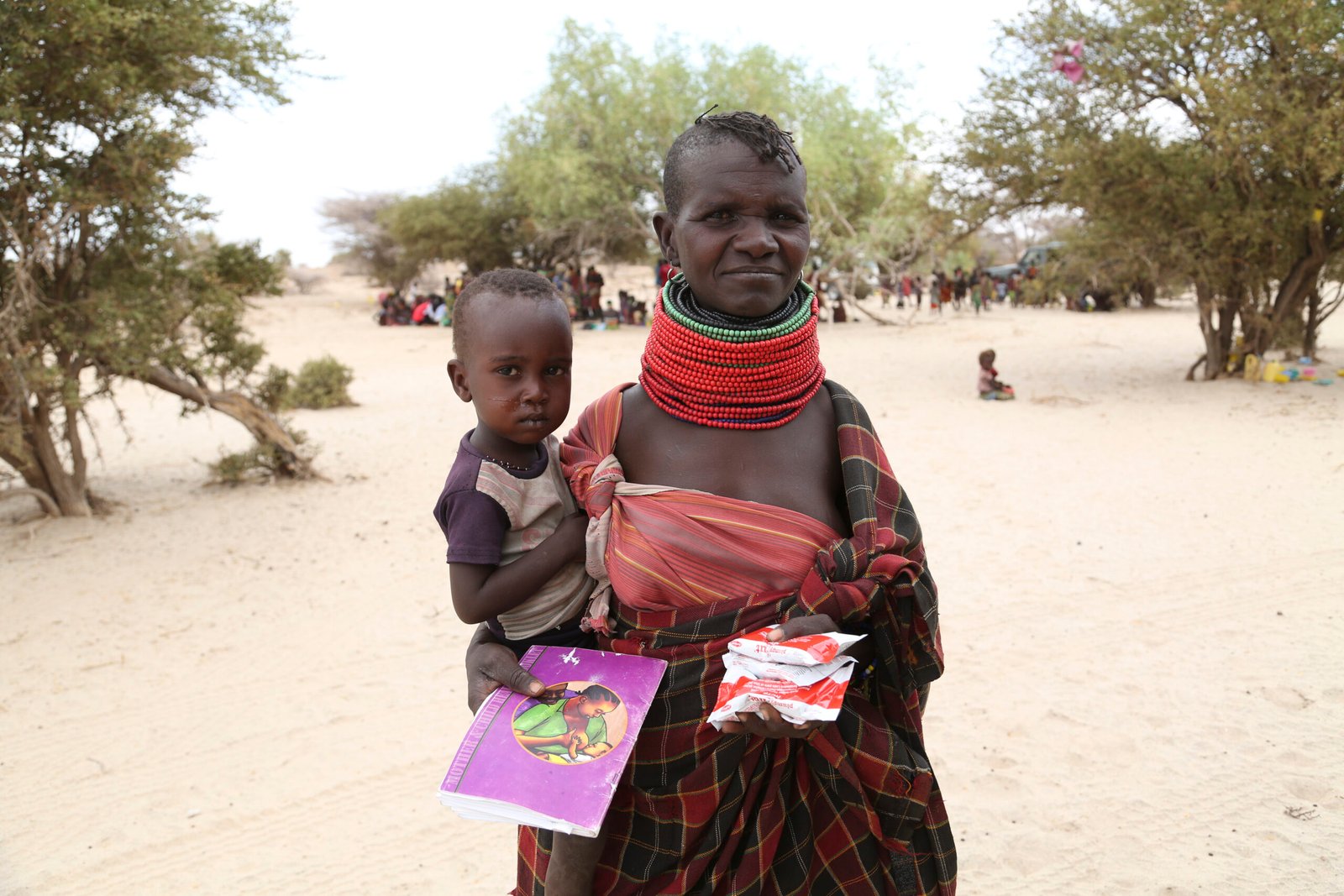
Somalia’s infant mortality rate of 85.1 per 1,000 births underscores the dire consequences of prolonged civil unrest and institutional dysfunction. With ongoing conflict, many Somalis lack access to basic healthcare facilities, sanitation, and nutrition. The absence of a stable government makes it exceedingly difficult to implement effective public health strategies. Improving conditions here demands not just international aid, but a concerted effort towards achieving political stability and rebuilding national health frameworks.
3. Central African Republic: Navigating the Challenges of Political Instability

At 81.7 deaths per 1,000 births, the Central African Republic (CAR) grapples with a similar narrative of political instability and violence. The healthcare infrastructure is nearly non-existent in rural areas, where most families live. This barrier significantly restricts access to life-saving healthcare. Addressing infant mortality in CAR requires comprehensive strategies that not only improve health services but also stabilize the security situation to foster a safer environment for families.
4. Equatorial Guinea: Wealth in Resources, Poverty in Health
Despite being rich in natural resources, Equatorial Guinea faces an infant mortality rate of 77.9 per 1,000 births. The paradox of wealth lying unequally distributed highlights disparities in access to healthcare, sanitation, and nutrition among different segments of the population. The country’s oil wealth has not trickled down to benefit the broader populace, indicating the need for policies that prioritize equitable healthcare distribution and investment in public health infrastructure.
5. Sierra Leone: Striving for Health Amidst Recovery
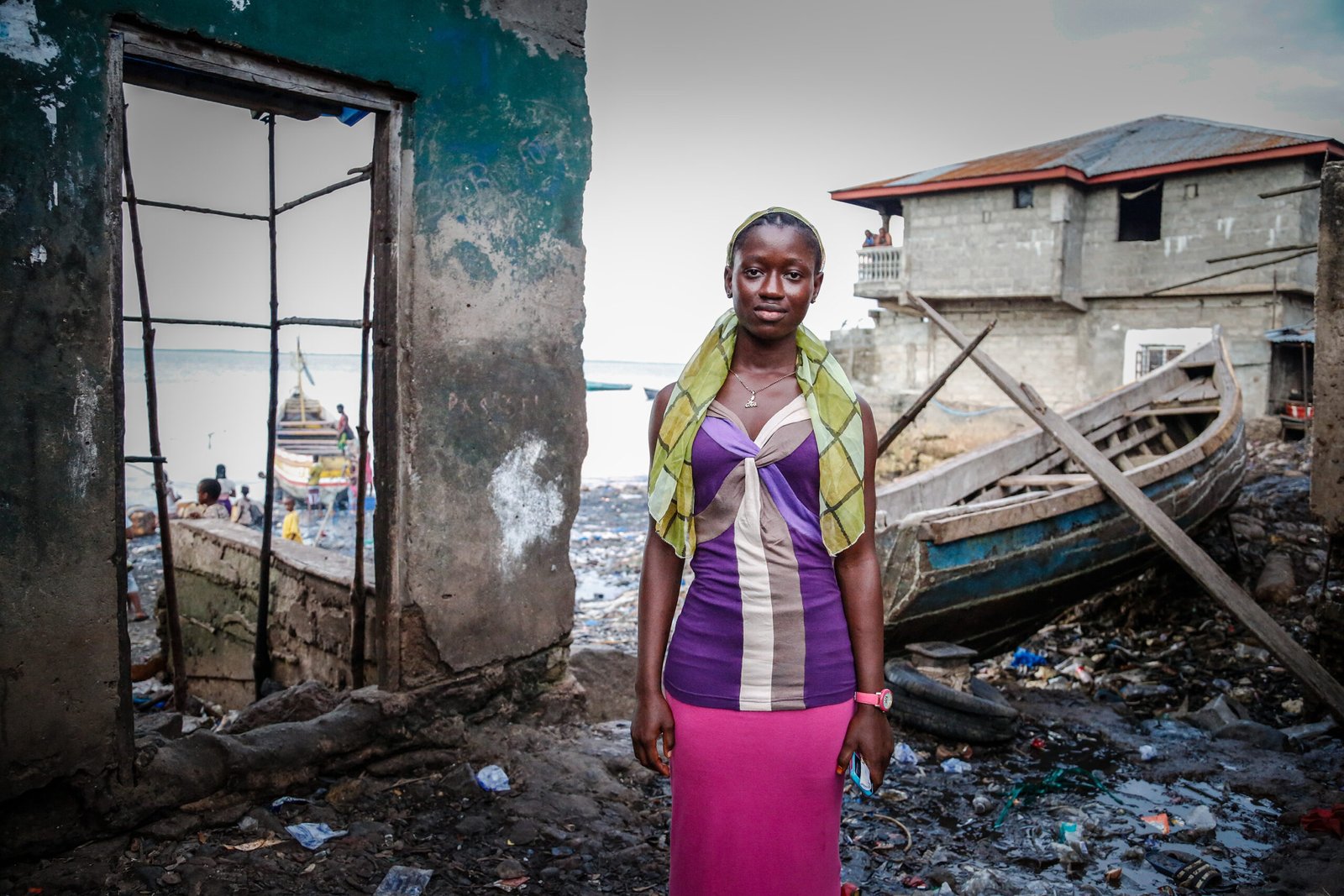
Sierra Leone, with an infant mortality rate of 72.3 per 1,000 births, is still recovering from the devastating effects of its civil war and the Ebola outbreak. While strides have been made in resurrecting its healthcare system, inadequate facilities and a shortage of healthcare professionals continue to hinder progress. Bolstering the healthcare workforce and ensuring the delivery of essential services are crucial for further reducing these distressing infant mortality figures.
6. Niger: Addressing the Impacts of Climate and Demographics
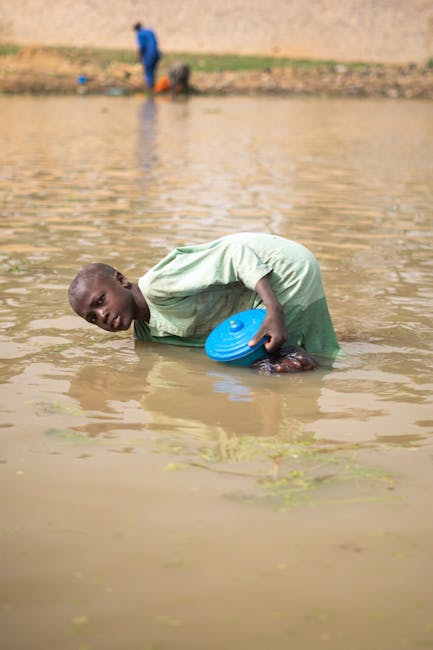
With an infant mortality rate of 65.5, Niger faces challenges amplified by its arid climate and rapidly growing population. The combination of limited agricultural productivity and a high fertility rate stretches the country’s resources thin. Improving infant survival rates in Niger will require interventions focusing on sustainable agricultural practices and population planning, coupled with efforts to enhance maternal and infant healthcare.
7. Chad: Overcoming Economic and Geographical Hurdles

Chad’s rate of 64.0 infant deaths per 1,000 births reflects both economic and geographical barriers. The landlocked geography complicates logistics for delivering essential healthcare supplies, and economic constraints limit government spending on health services. Comprehensive development plans that address infrastructure, healthcare delivery, and economic growth are necessary to improve the situation in Chad.
8. South Sudan: Vulnerabilities in the Youngest Nation
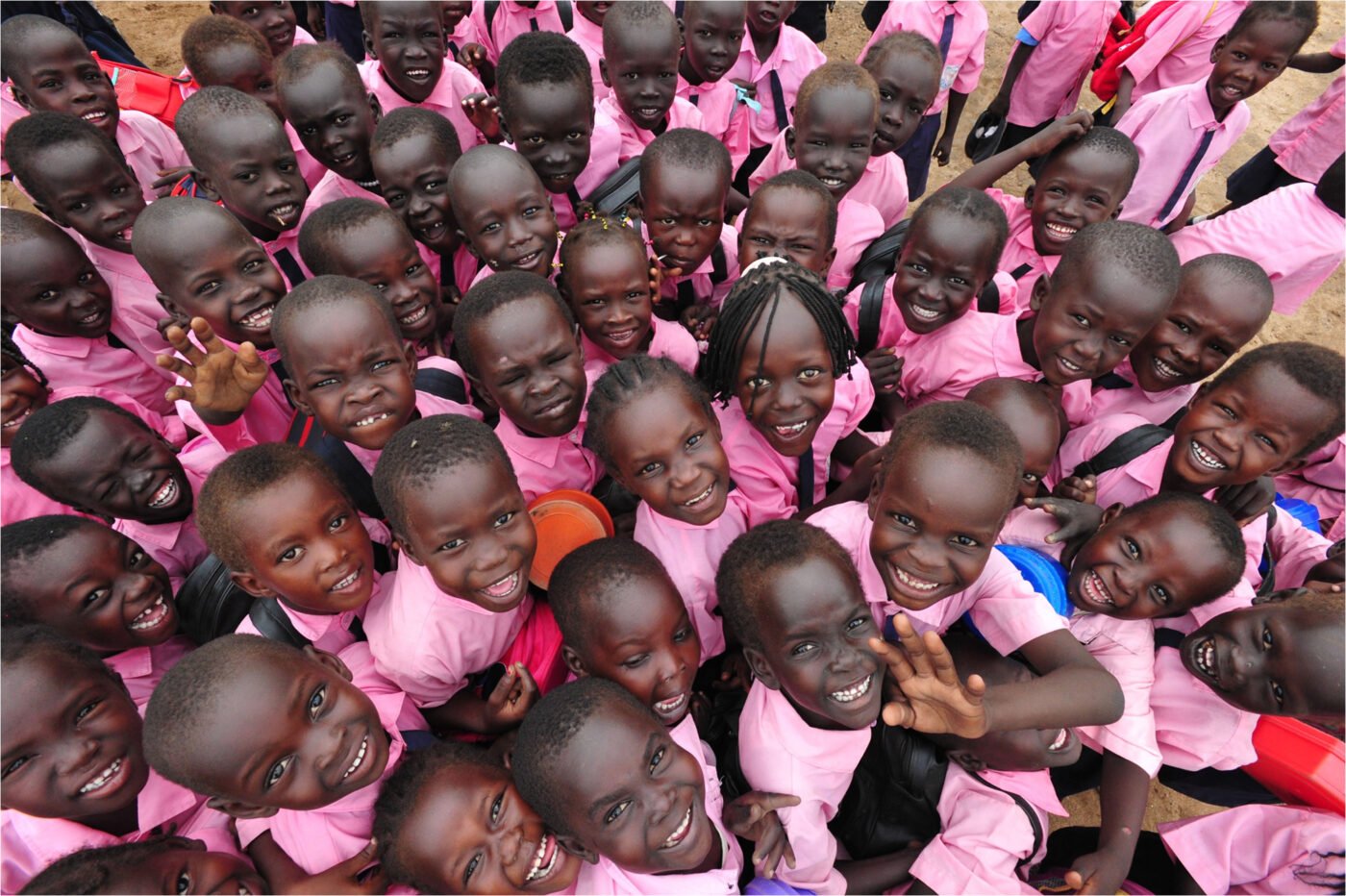
The world’s youngest nation, South Sudan, struggles with an infant mortality rate of 61.6. The country contends with immense challenges, including internal conflict, displacement, and food insecurity, each exacerbating infant mortality. As peace negotiations continue, international partners are needed to assist in constructing a resilient healthcare system capable of meeting the needs of mothers and their babies.
9. Mozambique: Battling Disease and Poverty
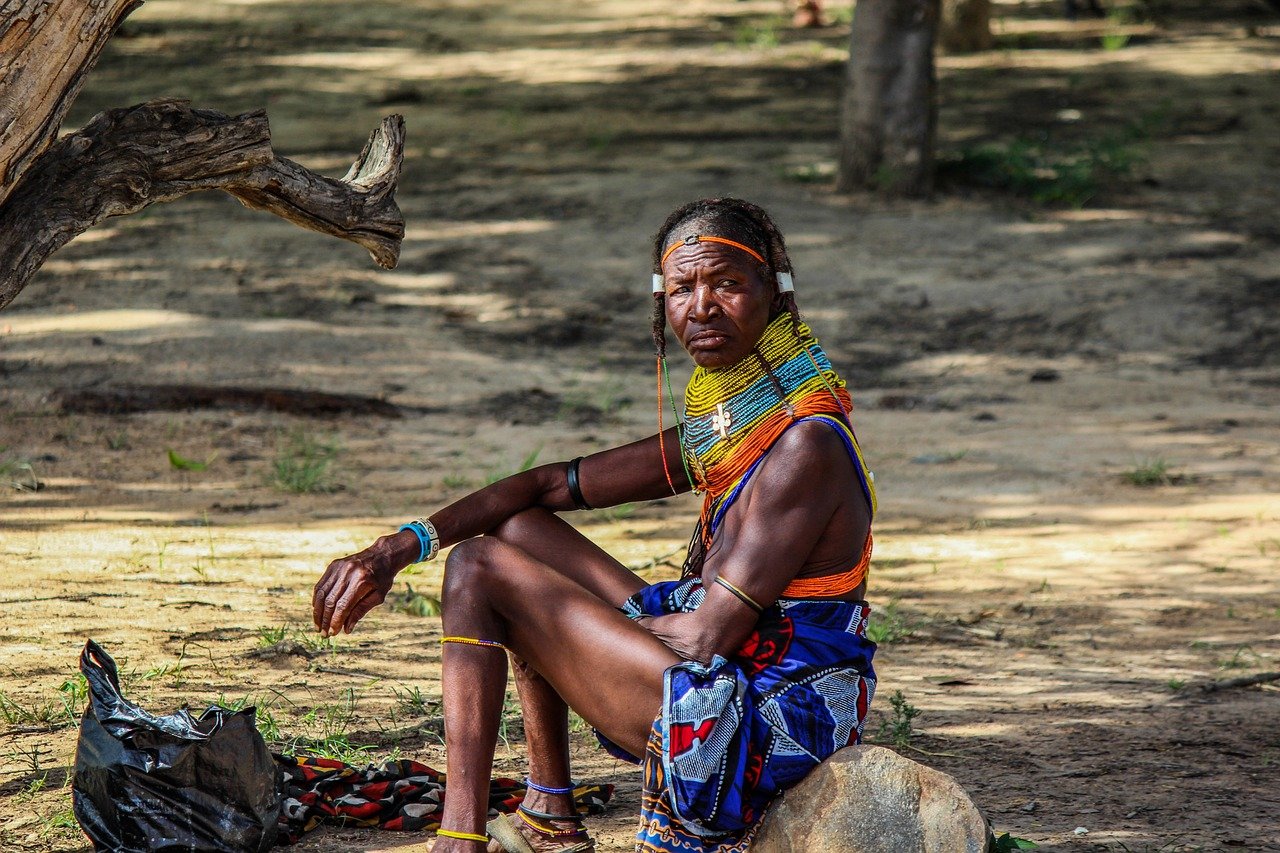
In Mozambique, an infant mortality rate of 59.8 per 1,000 births illustrates the intersection of poverty and disease. High rates of diseases such as malaria and HIV/AIDS make childbearing risky and frequently result in infant deaths. Intensifying disease prevention and treatment programs, alongside poverty alleviation efforts, is key to improving infant health outcomes in this nation.
10. Democratic Republic of Congo (DRC): Overcoming a Legacy of Conflict

The DRC, with an infant mortality figure of 59.1 per 1,000 births, continues to bear the burdens of decades-long conflict. Critical healthcare systems are disrupted, and hospitals often lack basic supplies and medicine. Fostering peace and stabilizing the political environment are foundational steps for rolling out effective health programs to combat infant mortality in this sprawling nation.
11. Mali: Targeting Health Infrastructural Deficits

Mali’s infant mortality rate of 59.0 reflects significant infrastructural and logistical challenges. Most births occur in rural areas that lack equipped healthcare facilities. Strategic investment in rural healthcare infrastructure and programs to improve the skills of local healthcare providers are needed to address these issues effectively.
12. Angola: Navigating Economic Growth with Health Equity
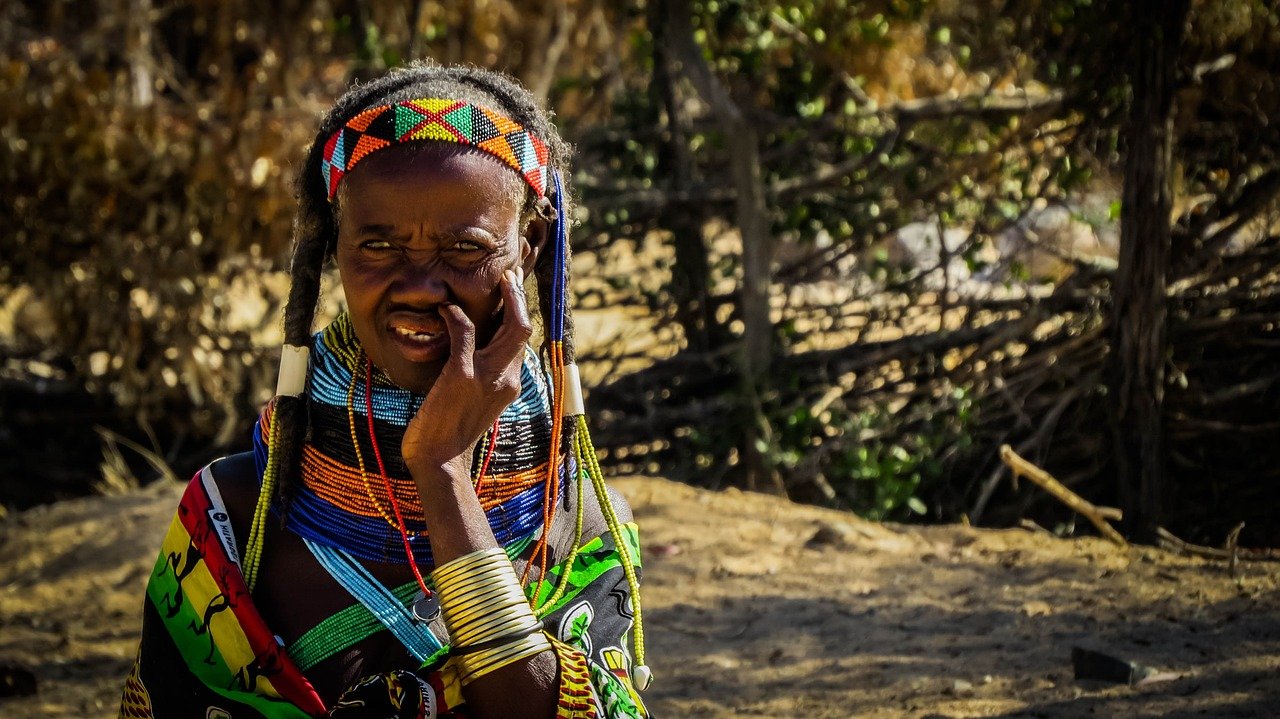
Angola, though an oil-rich nation, records an infant mortality rate of 57.2. This paradox is a clear indicator of inequitable distribution of wealth and healthcare. As the country seeks to utilize its resources for economic expansion, equitable health policies must be put in place to ensure that all citizens, especially newborns, benefit from the nation’s riches.
13. Liberia: Rebuilding After Crisis

With a rate of 56.1, Liberia is recovering from prolonged conflict and an Ebola crisis that decimated its healthcare system. Community-based healthcare interventions and international assistance in health systems rebuilding could lower infant mortality rates as the nation recovers and grows its healthcare footprint.
14. Comoros: Tackling Underdevelopment in Island Nations

On the archipelago of Comoros, where the infant mortality rate is 56.0, isolated geography complicates access to healthcare services. With limited resources, infrastructure development is slow, impacting healthcare availability. Regional collaborations, along with investments in healthcare infrastructure, are essential to bringing health improvements to these island nations.
15. Nigeria: Addressing Population Pressures and Health Access
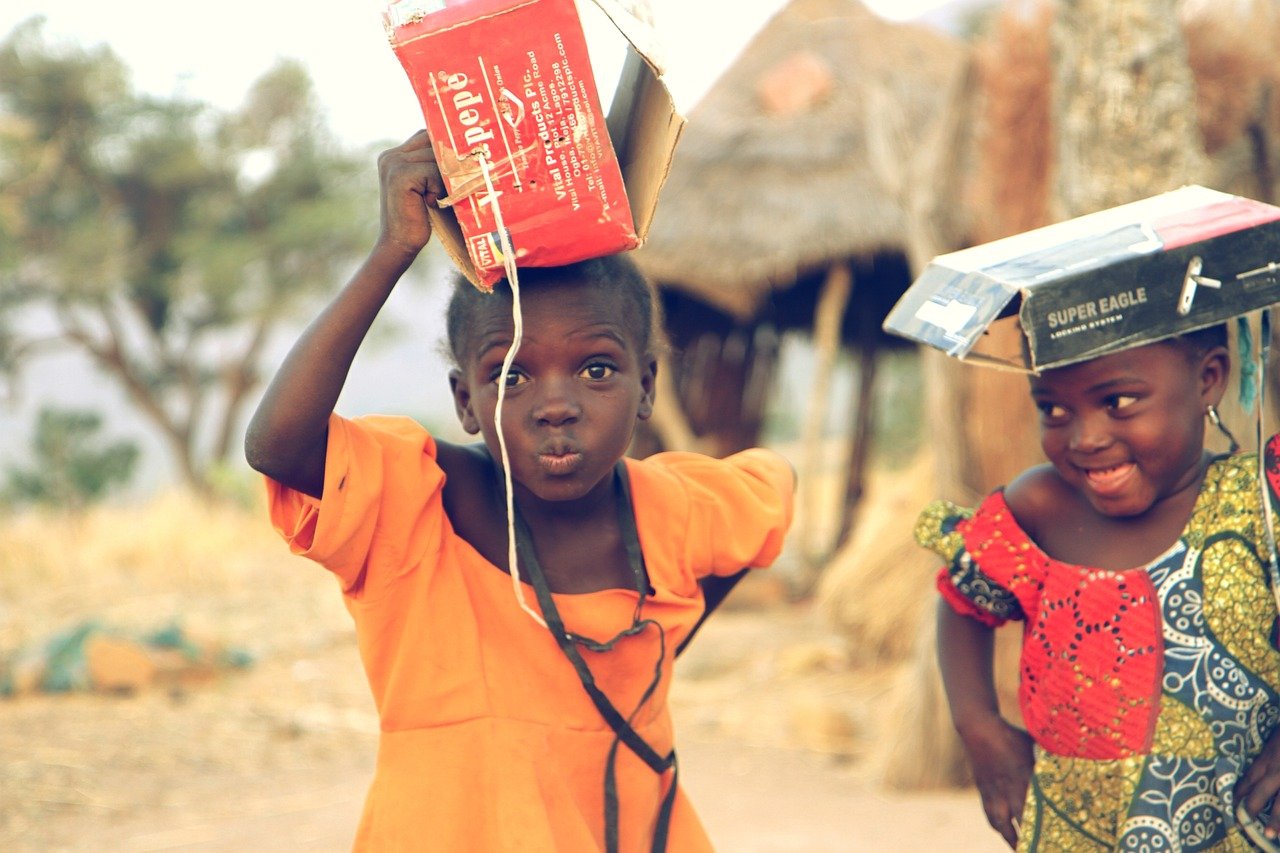
Nigeria faces an infant mortality rate of 55.2 in a setting characterized by rapid population growth, economic disparity, and regional healthcare disparities. Deploying health services evenly across its vast and diverse landscape requires robust policy frameworks and resources aimed at under-served rural communities to ensure improved infant health.
Conclusion: Towards a Brighter Future for Global Infant Health

The data on infant mortality from these 15 countries underscores the urgent need for targeted health interventions and global cooperation. Many of these nations are mired in conflict or political instability, which disrupts healthcare delivery and access. Solutions require multilayered approaches—addressing political, economic, and socio-cultural factors. While Africa as a continent has seen impressive reductions in infant mortality rates, increased efforts can drive further progress, leading towards a healthier future for all the world’s children.
For more detailed data, visit Source.
